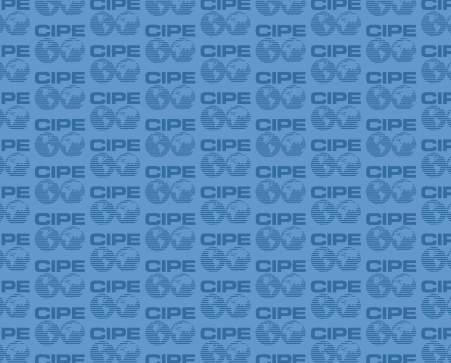
“Ronald Coase would often say that if Darwin were to come back to earth today, he would be amazed at how much biology has progressed since The Origin of Species. Whereas if Adam Smith came back today and looked at economics, he would be amazed at how little has changed since he wrote The Wealth of Nations.”
– Mary Shirley, President of the Ronald Coase Institute
CIPE’s latest Economic Reform Feature Service article features President of the Ronald Coase Institute Mary Shirley‘s speech delivered at a conference co-hosted by the Ronald Coase Institute and CIPE on the topic “The Next Generation of Discovery: Research and Policy Change Inspired by Ronald Coase.” The conference, which was held in March this year, honored Ronald Coase – one of the most influential economists of the 20th century – and celebrated his important contributions to the field of economics.
Coase argued that the task of economics, like the study of biology, was to understand the real world, and the working of the economic system: consumers, firms, and institutions. The article summarizes the essence of Ronald Coase’s ideas about the conduct of economics, which can be summarized in three words: institutions, realism, and alternatives. He emphasized that researchers in general, and economists in particular, should use realistic theories and examples, carefully study real world institutions, and weigh the costs and benefits and practical consequences of alternative courses of action.
Read the latest Economic Reform Feature Service article here.
View a video of the two-day conference here.
Stephanie Bandyk is a Program Assistant for Global Programs at CIPE.
Published Date: June 15, 2015